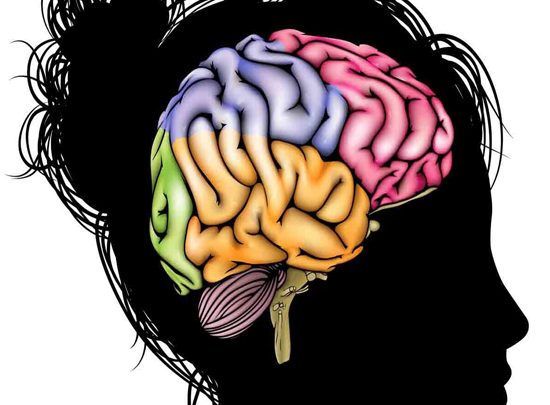
Preparing for Next-Gen Workers, With Next-Gen Brains.

Many of the employees entering the workforce in the next few years will have been raised on the Internet, which has shaped the way their brains are wired. Are companies ready for this generation of workers?
By Shelley DuBois | Fortune
Some call them “digital natives,” and they’re everywhere. You may even be raising some right now. They’re the next generation of workers, and they include anyone who has grown up with constant access to the Internet. This state of digital immersion has sculpted their brains in ways that people have never experienced before.
“Organizations need to recognize that, ” says David Pescovitz, research director, for non-profit research center Institute for the Future, “because you’re seeing a transformation in how people work.”
Of course, “digital natives” aren’t a homogenous group with equal access to technology, and their brains don’t adapt to their environment in the same way. And experts agree that much more research on the impact of the digital world on neural development is needed. But it’s becoming clear that digital natives think in a novel way.
As the brain develops, it reinforces the neural pathways that it finds most useful. “From birth through adolescence, 60% of the connections between brain cells are pruned away,” says Gary Small, a professor of psychiatry at UCLA’s Semel Institute and co-author of The Alzheimer’s Prevention Program. Like forest paths traveled over and over again, some trails get stronger while other unused paths grow over.
Digital natives are strengthening brain cells that regulate specific activities. They are used to connecting to a large network of people instantaneously and culling vast stores of information. In many ways, they’re geared towards short-term rewards like the kinds you see in gaming, and will look for situations that replicate that in a work environment.
“We used to teach in a way that demanded a tremendous amount of memorization, but now it’s more about cognitive agility and multi-tasking,” says Paul Thompson, professor of neurology and psychiatry at UCLA’s school of medicine. “The part of the brain, called the hippocampus, that’s involved in memory is a little different than the multitasking part at the front of the brain.”
Young people are getting very good at multi-tasking, he says, which is basically a working memory trick. But the ability to do several tasks at once perhaps comes at the expense of long-term memory, he suggests. “The ancient Greeks used to have fantastic memories because of the terrific cost in putting anything down on paper. Army generals would know the names of all their troops. We just simply don’t need that memory at all.”
That means that the frontal lobe of the brain, involved in storing long-term memory, develops differently in digital natives, as a whole, than it has for previous generations. Most young people are prone to pay attention to multiple stimuli, all at once. “I’m not saying that’s a good thing, it’s not necessarily a bad thing, but I’m saying it is a thing,” says the Institute for the Future’s Pescovitz. “When I look at my niece doing her homework, she’s also got Wikipedia open on her laptop, as well as several IM windows, and she’s listening to music.”
That ability to respond to several different stimuli at the same time is called “continuous partial attention.” The term was coined in 1997 by writer, consultant, and advisor for the Pew Internet and American Life Project Linda Stone. She noticed that literature on cognitive psychology referred to complex multi-tasking, or switching between mentally challenging tasks. But that wasn’t what she was seeing young people do — they weren’t switching from one thing to the next; they were actually continuously semi-focused on many things at once.
There are downsides to the continuous partial attention state, Stone says, one being that research suggests that the quality of focus drops with the added number of stimuli. But there’s another way of looking at this shift, and it’s one that companies could use to their benefit.
Continuous partial attention doesn’t override the other ways that people use to concentrate. In other words, just because kids can simultaneously chat with their friends, do research for a paper, and watch their favorite television show doesn’t mean that is the only way they will choose to focus. Kids can still buckle down to take a test or build a robot, and they do. Instead, continuous partial attention is one approach in their tool belt, says Pescovitz, and it can be useful.
Businesses need to accept that young people will choose different ways of paying attention based on the task at hand. “I think it’s about empowering young people to follow their passion and also having some faith and confidence that they can identify when to focus. It’s about accepting that continuous partial attention is not only okay, but maybe the best approach to navigating a certain media-scape at the moment.”
The future of business will not be about switching everything to cater to an instant-gratification generation. And it will not be about “gamifying” work tasks at the expense of long-term rewards. But companies and organizations will have to take into account that employees entering the job market over the next five, 10, 15 years don’t just have different set of skills, but also a new neural toolkit. The trick will be to come up with a way for corporations to create an environment where those still-maturing brain cells can continue to grow.
